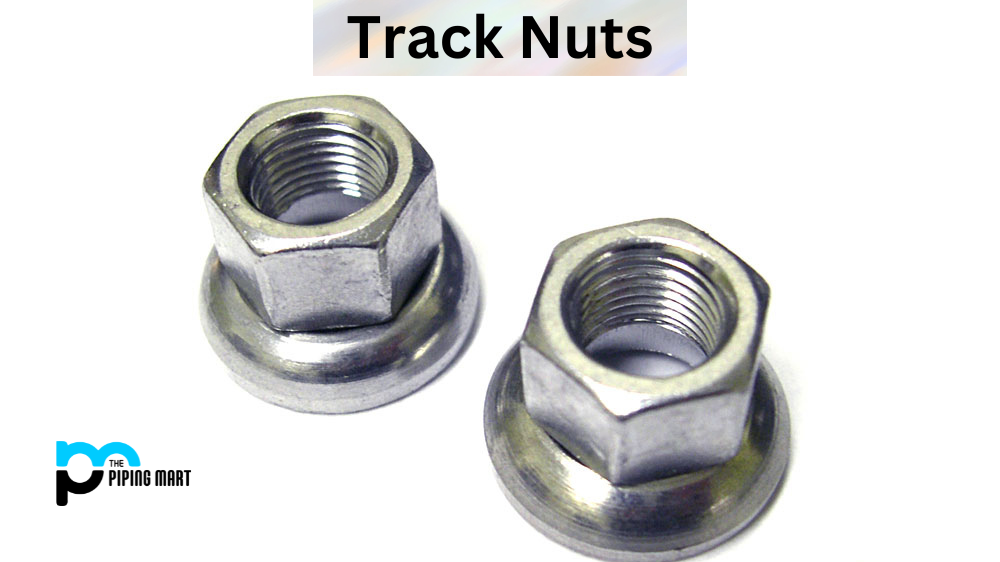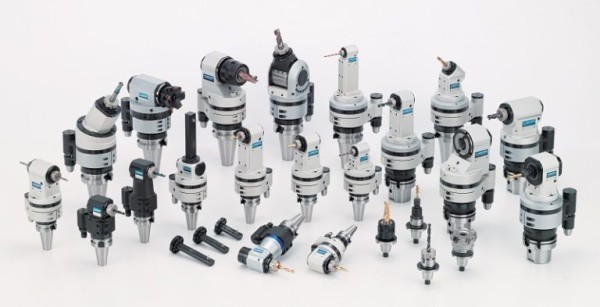Jackhammers, also known as pneumatic drills or demolition hammers, have become indispensable tools across diverse industries for their unmatched efficiency in breaking through tough materials. This article unveils the world of jackhammers, exploring their applications, benefits, and the mysterious role of geogrid in optimizing their performance.

Where do jackhammers excel in their applications?
Jackhammers are extensively used in construction and demolition projects, breaking through concrete, asphalt, rocks, and other resilient materials with finesse. Their indispensability is evident in tasks such as road construction, building renovations, and excavation projects.
Decoding the mechanics of jackhammers: How do they operate, and what advantages do they bring?
Jackhammers operate by using compressed air to drive a piston, repeatedly striking a chisel or point against the material. This rhythmic pounding action empowers them to efficiently break through hard surfaces. Key benefits include speed, precision, and the ability to handle materials that pose a challenge for other tools.
Can jackhammers handle softer materials, or are they confined to hard surfaces?
While primarily designed for hard materials, jackhammers can be equipped with various attachments to navigate softer surfaces. For example, with the right bit or blade, they prove adept at tasks like digging, trenching, and soil compaction.
The enigmatic role of geogrid in jackhammer applications:
Geogrid, a geosynthetic material, assumes a mysterious role in enhancing the effectiveness of jackhammers, particularly in soil-related applications. By reinforcing the soil, geogrids minimize the risk of ground movement and enhance the stability of the working area. This is especially crucial in excavation or construction projects where soil integrity is paramount.
Revolutionizing construction practices: The evolving landscape of jackhammer technology
Jackhammers have undeniably transformed construction and demolition projects with their versatility, speed, and precision. When integrated with geogrid technology, jackhammers amplify their effectiveness, ensuring stability and safety in soil-related applications. As technology progresses, the evolution of jackhammers holds the promise of enhanced performance and efficiency in the dynamic construction landscape.
Gate valves, globe valves, and butterfly valves are common types of valves used in industrial applications for flow control. Gate valves have a gate-like closure that moves perpendicular to the flow, making them suitable for on/off applications. Globe valves have a plug or disc that moves up and down to regulate flow, ideal for throttling. Butterfly valves have a rotating disc for flow control, offering quick operation and low-pressure drops. Each type of valve has its unique design and function, catering to specific system requirements such as flow rate, pressure, and application conditions. Understanding the differences between gate valves, globe valves, and butterfly valves is essential for selecting the right valve for a particular industrial process.
